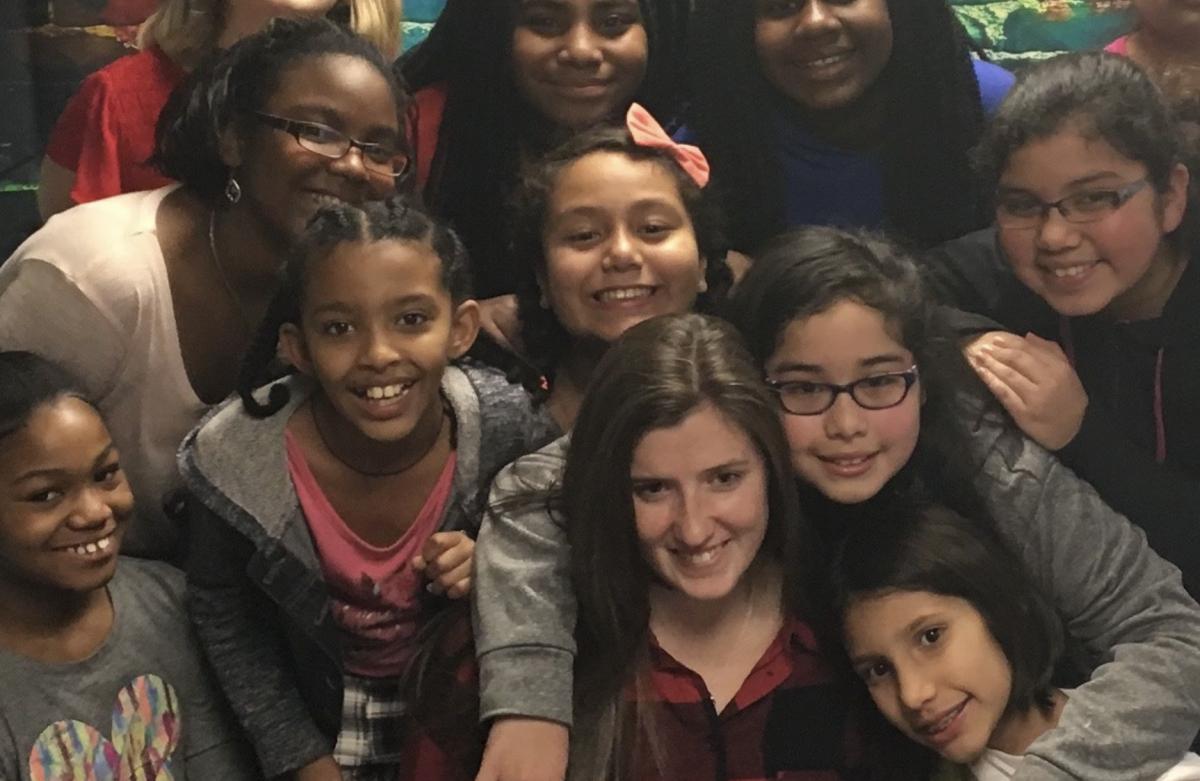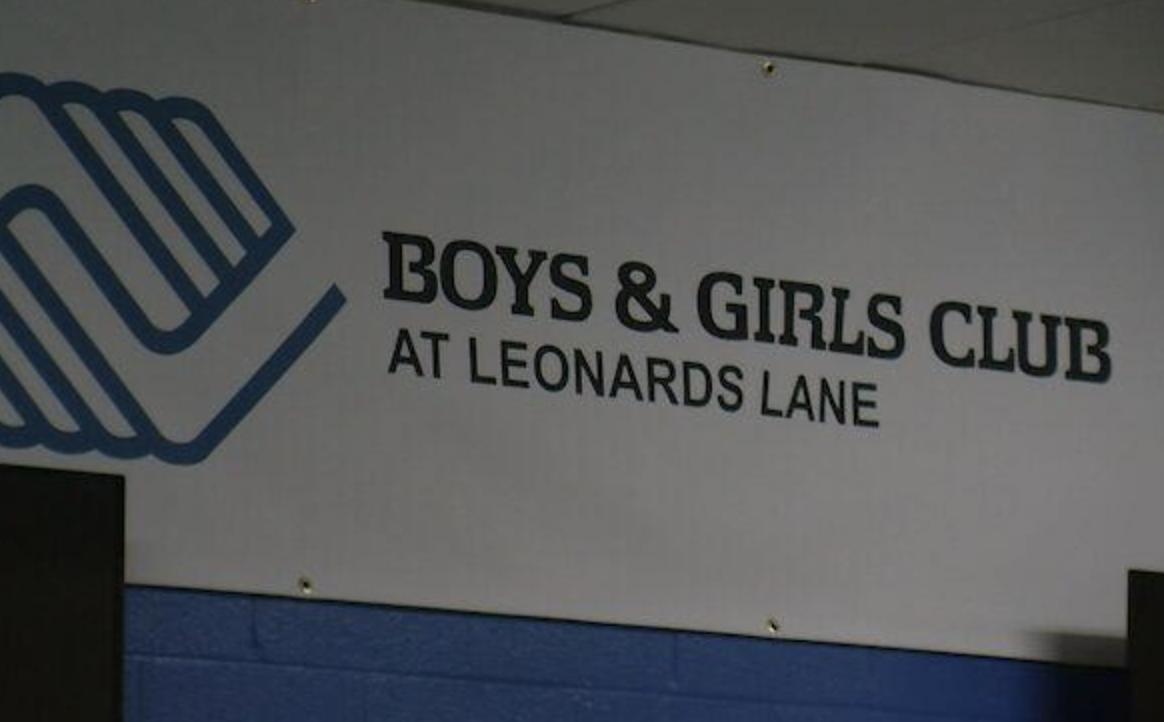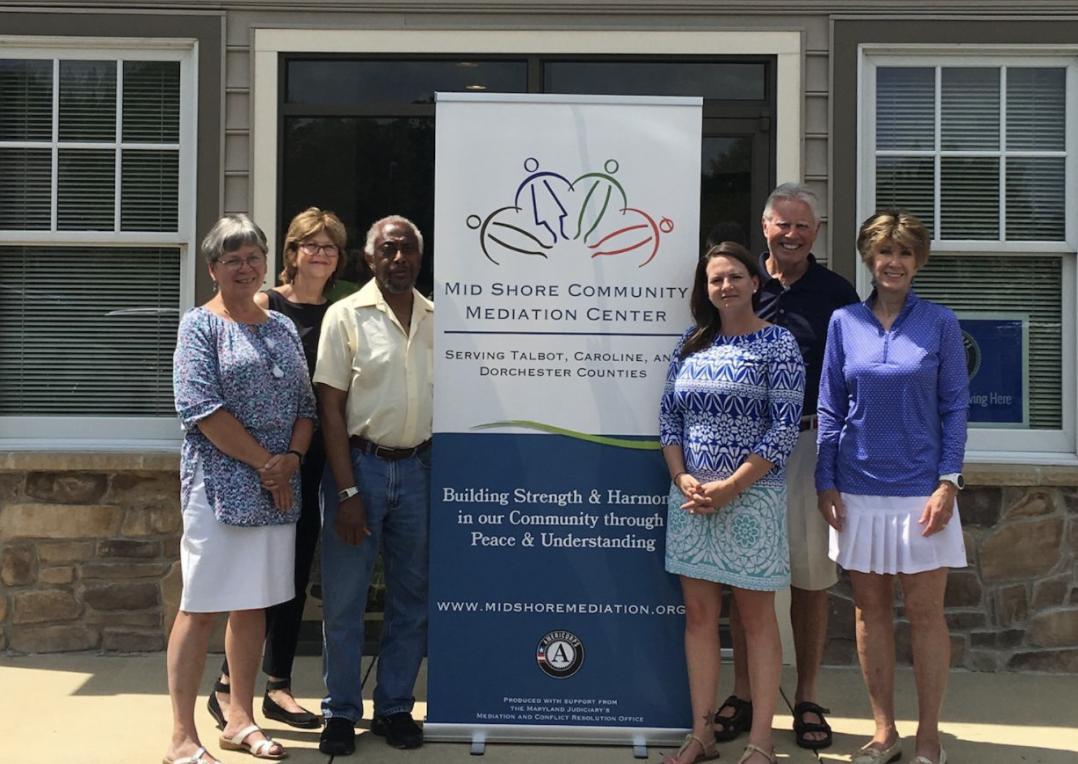Cambridge is looking forward to the arrival of its new City Manager who began working for the city this week. Thomas Carroll of Silverton, Ohio was selected for the position by the City Council on a unanimous vote.
Silverton, while a small town, is a suburb of Cincinnati, Ohio. From newspaper reports and comments by current city leadership, he is the right person with the right skills at the right time for the many things that are happening here or need to happen. Mr. Carroll is the third city manager for Cambridge.
In 2014 the City Council voted to change the Charter, after two and half years of research and drafting of the Charter changes by a citizens group that established a City Manager form of government. After hundreds of years of elected officials running the city, it was anticipated that the change to this new form of government and its acceptance by elected leadership would take time. It has.
After the City Council voted 4-1 to change the Charter, citizens sought a referendum to overturn that decision. That effort failed as they were not able to collect the required number of signatures of registered voters to cause the matter to be put to a vote.
The resistance to the new form of government, however, was still present as those used to the old way of doing things did not like the change. Despite that resistance, the city, under this new form of government prospered thanks to the excellent leadership of our first City Manager, Sandra Tripp-Jones, and our second one, Patrick Comiskey.
The resistance, however, continued after the election of a new City Council in late 2020. None of the new City Council members had ever been elected to be a mayor or a member of a City Council. During their campaigns all but one committed to continuing and supporting the City Manager form of government.
When the Charter was changed in 2014, there was one particular section that we intentionally included as part of our citizen effort to make this important change. That language in Charter Section 3-39 (e) reads as follows:
(e) Non-interference with appointments or removals. Except for the purpose of inquiry, the mayor and city commissioners shall deal with the administration of the city solely through the city manager and neither the mayor, nor any city commissioner, shall give orders to any subordinates of the city manager, either publicly or privately.
In plain language, that means that the elected officials need to let the City Manager do his or her job and not interfere by going behind the City Manager to the city employees “either publicly or privately”. That was not the case with our most recent City Manager and was one of the primary reasons that he declined to renew his contract to continue his service here.
When this language is mentioned, some might say that those are just words and don’t mean anything in the day-to-day operations of the city or that some elected officials can simply decide that they will not comply with that part of the Charter for whatever reason they choose.
The Charter for a city is like the Constitution for our State or the United States. It is the controlling document for how the elected officials and staff are to run the city. These words in the Charter do mean something, and it is not up to elected officials to decide that they can ignore them or interpret them differently than what is the clear language of the Charter. If they want to change the words, they have every right to do so in a public forum after due notice to the public and the opportunity for public input. If they decide to make changes, then the public has the right to seek enough signatures to have the public vote on what the City Council decided.
So with the arrival of Mr. Carroll and what appear to be the many skills that he has and that we need here, I would urge the members of City Council and any mayor that might be elected, even for just the remainder of this term, to comply with what is the clear written language of the Charter unless you are able to change that language in compliance with the law.
Do not forget to make the “inquiry” as allowed so that you know and understand what he is doing and why. That is your responsibility. In that way you, Mr. Carroll, and city staff will be able to succeed in helping the city to improve even more, and he will stay here working for many years.
Thanks for reading. Please be in touch.
Judge Rideout is the former Chief Judge of the Alexandria, VA Juvenile and Domestic Relations District Court (1989-2004). From 2004 until the present he has consulted in different states to support their efforts to improve their child welfare systems. From 2016 to early 2021, he was the Ward 1 Commissioner on the Cambridge City Council. Throughout his career, he has been an advocate for improving the lives of children in his and other communities. He can be reached at [email protected]










